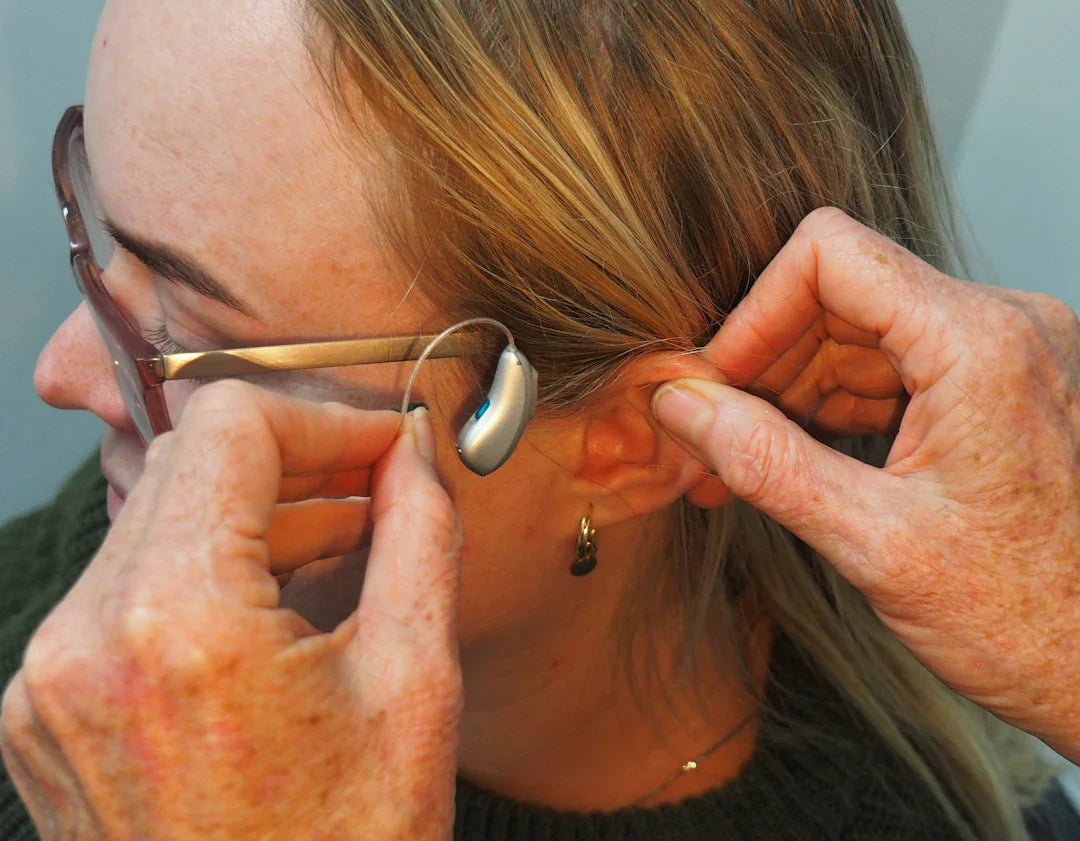Frequently Asked Questions
1. What are the two main types of hearing loss?
2. How can I assess my lifestyle needs when choosing a hearing aid?
3. What essential features should I look for in a hearing aid?
4. Why is it important to consult with an audiologist when selecting a hearing aid?
5. What budget considerations should I keep in mind when purchasing a hearing aid?
Hearing loss can significantly impact one's quality of life, affecting communication, independence, and overall well-being. In recent years, the advancement of technology has led to the creation of numerous hearing aids tailored to various needs and preferences. With so many options available, choosing the right hearing aid for your lifestyle can feel overwhelming. In this guide, we’ll walk you through essential factors to consider, helping you make an informed decision that enhances your hearing experience and aligns with your daily activities.
Understanding Hearing Loss
Before diving into the specifics of choosing a hearing aid, it’s crucial to understand the different types of hearing loss and their implications. Hearing loss can be classified into two main categories: conductive and sensorineural.
Conductive Hearing Loss
This type occurs when sound waves cannot effectively travel through the ear canal to the eardrum. It may be due to ear infections, fluid build-up, or other blockages. Fortunately, many conductive hearing loss cases can often be treated medically or surgically.
Sensorineural Hearing Loss
Sensorineural hearing loss results from damage to the inner ear or the auditory nerve. This type of hearing loss is typically permanent and often requires the use of hearing aids. Understanding the nature of your hearing loss is essential for selecting the best hearing aids for unaidable hearing, which may provide significant benefits despite the limitations.
Assessing Your Lifestyle Needs
When considering hearing aids, it's vital to assess how they will fit into your lifestyle. Different environments demand various features from your hearing aids. Here are some factors to ponder:
Daily Activities
Reflect on your daily routines. Do you spend a lot of time in quiet places, or are you frequently in noisy environments, such as cafes or public transportation? Identifying your primary activities will guide you toward hearing aids that best suit your sound processing needs.
Social Engagement
Consider how often you engage in social activities. If you often attend gatherings, parties, or family events, you may require hearing aids with advanced features that manage background noise, ensuring you can enjoy conversations without straining.
Technology Proficiency
Your comfort level with technology also plays a significant role in your choice of hearing aids. Some models come with features such as smartphone connectivity, allowing you to control settings easily. If you're tech-savvy, exploring high-tech options may enhance your overall experience.
Essential Hearing Aid Features
Modern hearing aids come packed with features tailored to improve your hearing experience. Here are some important features to consider:
Noise Reduction
Noisy environments can often make it challenging to discern speech from background noise. Hearing aids equipped with noise reduction technology can help filter out unwanted sounds, allowing you to focus on conversations and important sounds.
Directional Microphones
Directional microphones are designed to pick up sounds from a specific direction while reducing noise from other directions. If you frequently find yourself in group settings, this feature can dramatically enhance your ability to hear clearly.
Rechargeable Batteries
Say goodbye to fumbling with tiny batteries! Many modern hearing aids now feature rechargeable batteries, providing convenience and eliminating the ongoing cost and hassle of replacing traditional batteries.
Telecoil and Connectivity
Telecoil technology allows hearing aids to pick up sounds from telephones and induction loop systems directly, offering a clearer listening experience. Moreover, many models now offer Bluetooth connectivity, which enables you to connect to other devices, such as smartphones, for streaming audio directly to your hearing aids.
Consultation and Audiologist Support
When considering a hearing aid, consulting with a qualified audiologist is essential. They can conduct a comprehensive hearing assessment, helping you understand the extent of your hearing loss and recommend the best hearing aids for unaidable hearing tailored to your specific needs. Your audiologist will also support you in the fitting process, ensuring your device is comfortable and functioning effectively.
Budget Considerations
Hearing aids vary significantly in price, influenced by technology, features, and brand. It’s crucial to establish a budget before diving into the selection process. While the initial investment may seem daunting, remember that hearing aids are tools that can enhance your quality of life. Here are some budget-related factors to consider:
Explore Financing Options
Many hearing aid providers offer financing plans or payment options. Exploring these options can make affordably purchasing your chosen device easier without sacrificing quality or features.
Insurance Coverage
Check your health insurance policy to see if hearing aids are covered. Some private insurers may provide partial reimbursement, so it’s worth investigating your options. In addition, look into government programs that may help you access hearing aids, especially if you face financial constraints.
Trial Periods and Warranty Options
Before making a final decision, inquire about trial periods offered by hearing aid retailers. This trial phase allows you to see if the chosen device suits your lifestyle and comfort levels. Likewise, ensure you understand the warranty options provided for your hearing aids, as these can offer peace of mind regarding repairs and replacements for your investment.
Finding the Right Fit
The fit of your hearing aid is just as crucial as the features it provides. A well-fitted hearing aid should feel comfortable, secure, and not cause any irritation. There are several styles to choose from:
Behind-the-Ear (BTE)
BTE hearing aids are worn behind the ear and connect via a tube to an earpiece that sits inside the ear canal. They are versatile and suitable for various levels of hearing loss, offering good amplification and comfort.
In-the-Ear (ITE)
ITE aids are custom-moulded to fit inside the outer ear. Providing a more discreet option, ITEs can house more features due to their larger size compared to other styles.
Completely-in-Canal (CIC)
CIC hearing aids are custom-made and fit entirely within the ear canal, making them less visible than other styles. While they may lack some advanced features due to their small size, they are comfortable and suitable for mild to moderate hearing loss.
Embracing Change: Making the Shift
Transitioning to a hearing aid can come with its challenges, but embracing this change will lead you toward improved communication and enhanced quality of life. Patience is key, as adapting to new sounds and adjusting to the device may take time.
Remember, the journey toward better hearing doesn’t end with finding a device. Consistent follow-ups with your audiologist can ensure your hearing aids are functioning optimally and meeting your evolving needs.
Your Path to Better Hearing Awaits
Choosing the right hearing aid for your lifestyle is a vital step towards reclaiming the joys of sound and connection. By considering your unique needs, preferences, and lifestyle, you can navigate the sea of options and emerge with a hearing aid that improves your daily life significantly. Take the plunge, consult with professionals, and embark on your journey to a richer auditory experience today!




